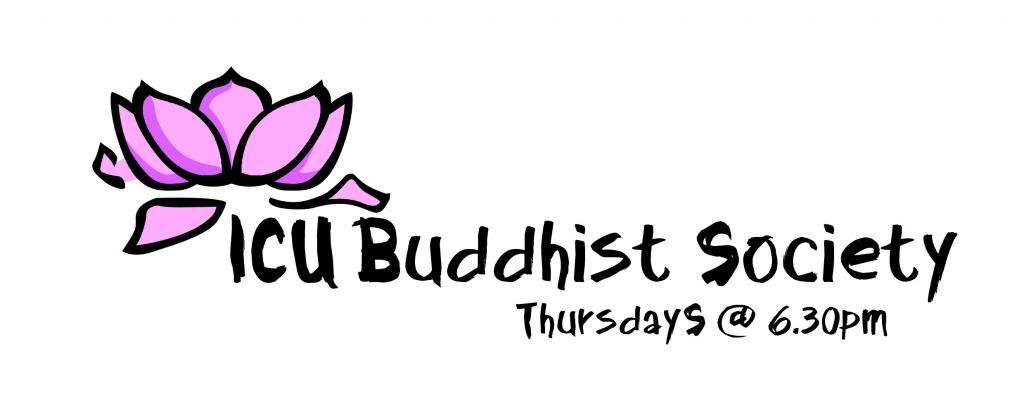After the wonderful and detailed article shared by our fellow member on the Facebook group about suffering, and a touch on the idea of cessation of self(the highest stage of Jhana), here's a little more about the different stages of Jhana:
May you all attain the last stage of Jhana soon.
Samatha (Concentration/tranquility based on the Ananpanasati Sutta MN 118 - stages of
Concentration:
1. Observation of thought.
2. Silent moments appearing between thoughts.
3. In these silent moments and as the mind becomes calm, the in breaths and the out breaths are noticed somewhere in the body, perhaps touching the nose tip area or rising and falling in the lower naval area.
4. Minute details of the in breaths and out breaths are noticed.
5. Awareness of the in breaths and out breaths disappears, replaced by the overwhelming beauty of complete stillness.
6. This overwhelming beauty may manifest in the mind as a nimitta, which many times but not always appears as a bright light, or a deep sense of calm, or a feeling of elation, etc.
7. Absorption into the nimitta or the feeling then brings up the jhanas, or deep states of concentration and calmness. Each subsequent stage of jhana is a refinement of the previous stage by the natural falling away of the previous stage's coarser factors. This refinement and falling away must occur naturally in the mind with no effort involved. The "doer" must stop all agendas, determinations and volitions, and merely be an observer.
Jhanas —
First Jhana contains five primary aspects
1. Vitaka (Initial thought directed toward meditation object)
2. Vichara (Sustained attention on meditation object)
3. Piti (Physical rapture in increasing stages of euphoria)
a. Hair raised as if seeing a ghost
b. Shocks, body jerks, like lightening hitting
c. Waves of water washing over the body
d. Bliss flooding the body
e. Feelings of the body Floating, levitating
4. Sukkha (mental bliss much deeper than rapture above)
5. Ekagata (absolute stillness, one pointedness of mind)
Second Jhana contains three primary aspects after dropping vitaka and vichara above:
1. Piti (Physical rapture)
a. Hair raised
b. Shocks like lightening
c. Washing over like water waves
d. Flooding the body
e. Floating, levitating
2. Sukkha (Bliss,Joy)
3. Ekagata (One pointedness of mind)
Third Jhana contains two primary aspects after dropping Piti above:
1. Sukkha (Bliss,Joy)
2. Ekagata (One pointedness of mind)
Fourth Jhana contains two primary aspects after dropping sukkha above:
1. Uppekha (Equanimity) replaces Sukkha
2. Ekagata (One pointedness of mind)
Fifth Jhana: Infinitude of Space
Sixth Jhana: Infinitude of consciousness
Seventh Jhana : Nothingness
Eighth Jhana : Between perception nor non-perception
(
Ninth Jhana) : Cessation of feeling and perception
Online Source: http://dhammarocksprings.org/5.html
Labels: Buddhist Fact of the Week



